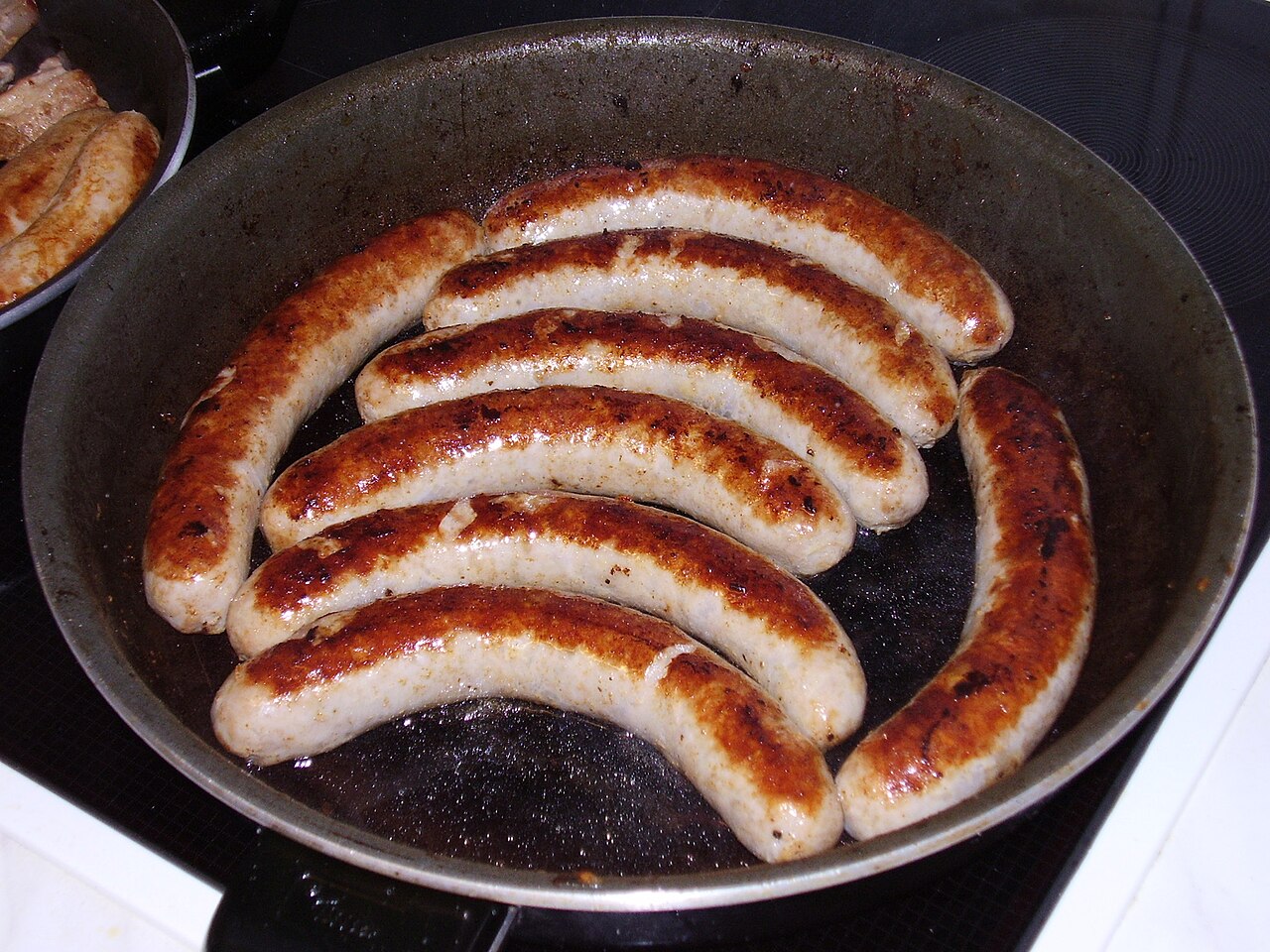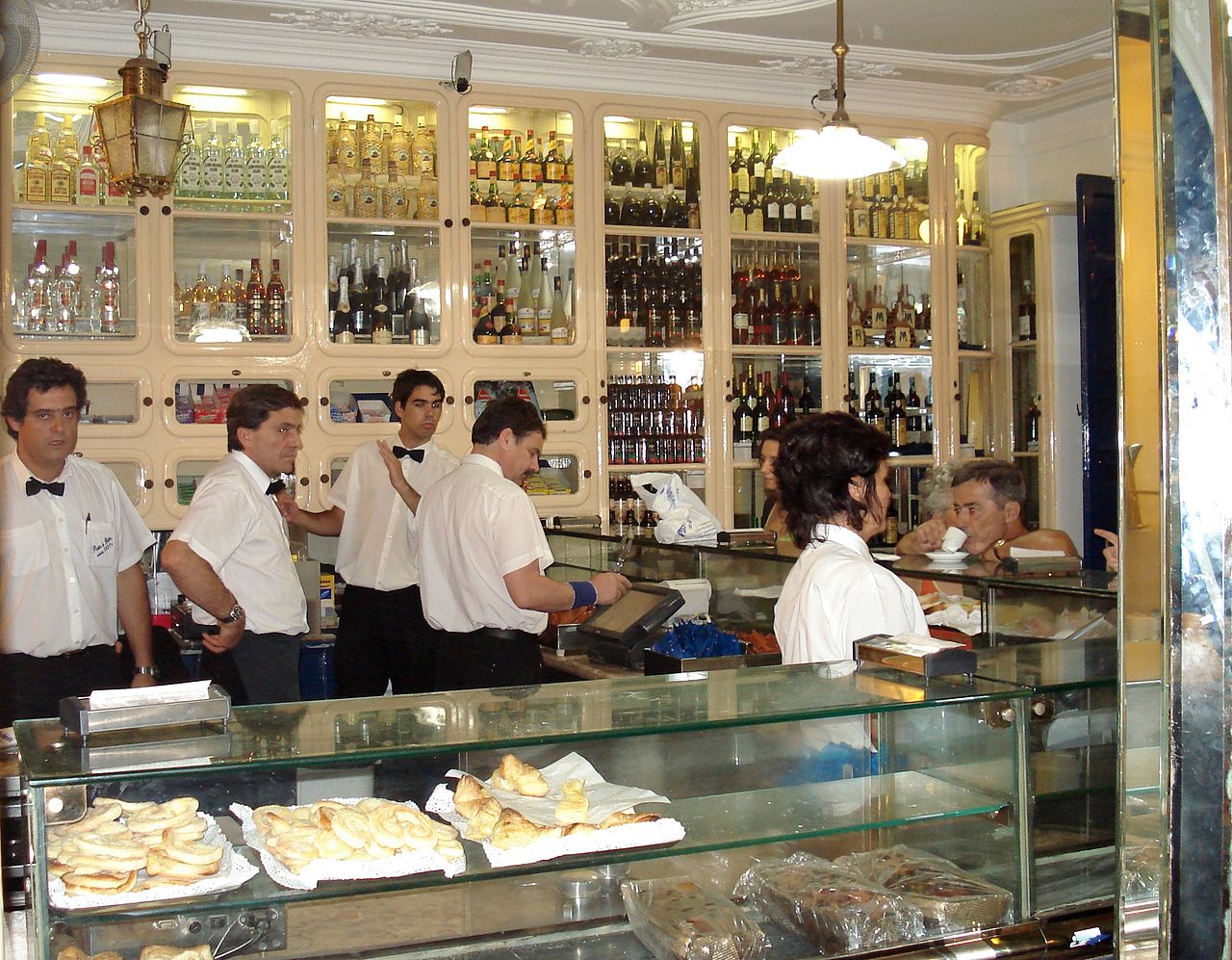
The origins of the hamburger are uncertain and permeated with myths and stories, but it's likely that he has been first prepared the way we know it today in the late nineteenth century or early twentieth century. The modern burger is derived from the culinary needs of a society that was changing rapidly due to industrialization and therefore enjoyed less time for food preparation and consumption of meals.
Much of the reason his story is controversial due to the fact that Americans vying for the title of being the first to combine two slices of bread with a steak of minced meat, forming a "hamburger sandwich", even though its two basic ingredients, bread and meat, have been prepared and eaten separately for many years before that combination. Shortly after its creation, the burger was prepared with all the trimmings that today you are typically features with onions, lettuce and sliced pickles.
During the twentieth century, there were several controversies regarding the caloric value of food, including nutritional controversy in the late 90s, but he did not fail to reflect part of the history of the twentieth century, and be associated with a certain symbolism. Today the burger is costumeramente correlated with the US and with a particular culinary style, namely fast food. Beside the fried chicken and apple pie, he became an icon of American cuisine.
However, he also enjoys international popularity and its worldwide fame certainly is the greatest kind of globalization of human food consumption, alongside other dishes such as Turkish döner kebab, Italian pizza and Japanese sushi. It spread easily across continents from different cultures and cuisines because, according to some, his easy way of preparation and understanding. The global culinary culture around the hamburger given by the concept of selling processed food, imagined notably in the 1920s by the White Castle chain of restaurants and it was later perfected in the 1940s by McDonald's and Ray Kroc. This global expansion has provided economic evaluation as the Big Mac index that allows comparison of the purchasing power of different countries where the Big Mac burger is sold today.

Burger opened with processed cheese and chips.
Popular culture
During the post-war period, the burger was very famous, even in popular culture. One example was the frequent appearance of burgers in comic Popeye E. C. Segar, whose protagonist was the Navy that Popeye ate spinach to support his superhuman strength; his first appearance, however, was as a supporting character on 17 January 1929 alongside other characters, including J. Wellington Wimpy (often shortened to just "Wimpy" and known in Brazil as Dudu), a greedy educated who was in love by burgers. His striking phrase, "I will pay with pleasure on Tuesday for a hamburger today!" (In English I'll gladly pay you tomorrow for a hamburger today) became famous. During the height of its popularity in the 1930s, Dudu has an image that the burgers were healthy for the youth of the time, and his fame resulted in the creation of a chain of fast food restaurants called Wimpy your honor, that sold hamburgers for ten cents.
Soon many other fictional characters were associated with hamburger like Ronald McDonald, a clown designed by Willard Scott who first appeared on American television in 1963, and became famous. In the 1960s the burger was quoted in undergrounds comics like Zap Comix # 2 designer Robert Crumb, where there was a character called "Hamburger Hi-Jinx". At the end of this decade, pop art used the hamburger as an artistic element in Andy Warhol's works (Dual Hamburger), Claes Oldenburg (Floor Burger), Mel Ramos (Vinaburger, 1965), and more recently, David LaChapelle (Death by Hamburger , 2002).
The starship known as the Millennium Falcon, designed by George Lucas for Star Wars, was based on a hamburger format. [3] Other media also make or have made frequent appearances or quotes from burgers, as the 1982 BurgerTime game.













